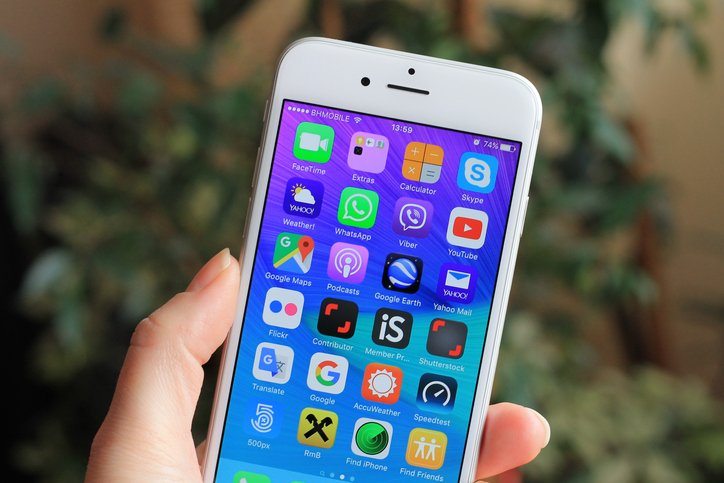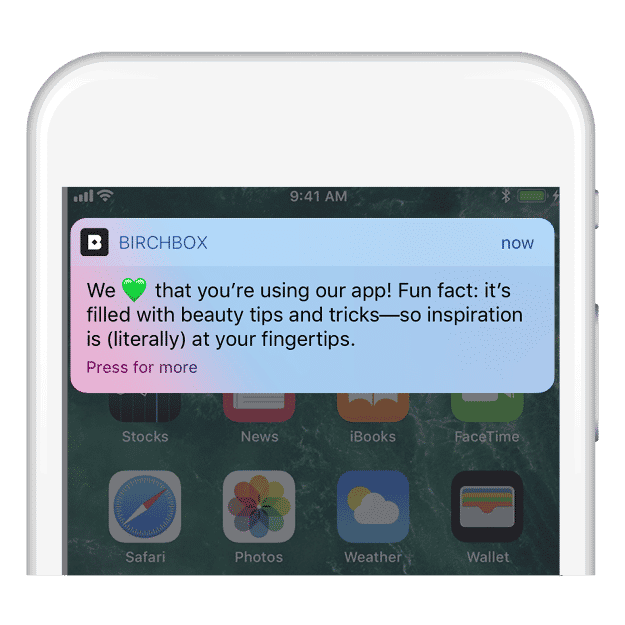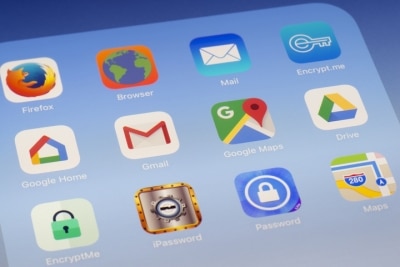Article
Apps Don’t Open Themselves: Why You Need a Holistic Mobile Messaging Strategy
May 2, 2018

There’s a reason they call it the app graveyard: The average consumer has more than 90 apps downloaded. But after 30 days, only about 3% of customer-installed apps are still actively used. Some 67% of apps are either abandoned or deleted within the first week. Not even the best app thrives without a comprehensive mobile messaging strategy behind it.
How do we know this? Because apps don’t open themselves. The best mobile apps make it easier to research, shop, stay informed, and connect. But they also tell customers when it’s time to use them. If a hot item has just come back into stock, if a favorite stylist is visiting a nearby store, if a flash sale is about to start — these apps tell customers when it’s time to make use of that app they’ve downloaded.
If no one uses your app, sure, you lose all the time and money you spent developing and building it. Many brands try to buy app downloads, which isn’t great for customer loyalty. Apps that are downloaded, but not used, represent a huge wasted opportunity. Your app should be the cornerstone of your online retail strategy. If you’re not actively encouraging customers to use it, it’s unlikely to fulfill that role.

Without an app that engages users and keeps them coming back:
You’re undermining the possibility of a true omnichannel experience
Creating a superior omnichannel experience doesn’t mean that you’re able to reach customers via in-app messaging, via push notifications, via email, in-store and with direct mail. It means that you can reach customers how they want to be reached, at the time they’re most likely to be receptive. Without a holistic mobile messaging strategy, you’re not optimizing the messaging that customers see on their phones — which is where at least a third of purchases begin.
You’re missing out on opportunities for increased customer loyalty and revenues
Personalized mobile messaging helps brands engage their users, keeps those users returning to the app, and increases conversion rates. All that contributes nicely to loyalty, revenues, and of course, customer lifetime value. Birchbox app users engage three times as often as website-only customers. And a robust mobile messaging strategy has helped Birchbox increase in-app purchases by 211% on days with push notifications.

You’re failing to differentiate, and cultivate, your most loyal customers
App users are different. They’re likely to be your most loyal customers, and well worth cultivating. There’s a level of intention in downloading an app that just doesn’t accompany a quick browse on a website. Remember, loyalty is lucrative: Bain & Company found that loyalty with just an additional 5% of customers can lead to a 25-100% increase in the growth of profit per user. The top 1-3% of customers are also using the latest phones: flagships from Apple, Google, and Samsung, so your mobile app experience should be sure to shine on those devices.
To learn more about why mobile messaging is a critical part of any omnichannel strategy, download our guide, “The Ultimate Guide to Mobile App Messaging and Engagement.”
The State of Brand Loyalty in the U.S. in 2023
Related



